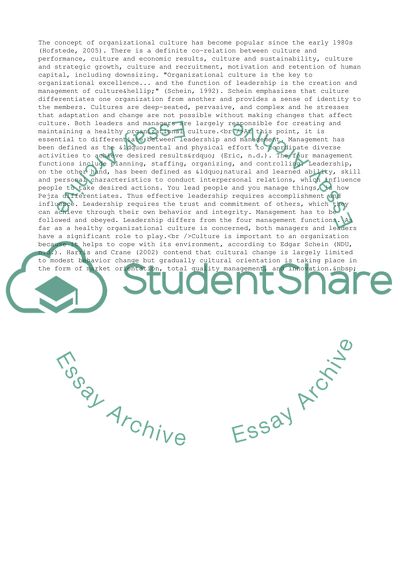Cite this document
(Management and Leadership Term Paper Example | Topics and Well Written Essays - 1750 words, n.d.)
Management and Leadership Term Paper Example | Topics and Well Written Essays - 1750 words. https://studentshare.org/business/1712474-management-and-leadership-at-att
Management and Leadership Term Paper Example | Topics and Well Written Essays - 1750 words. https://studentshare.org/business/1712474-management-and-leadership-at-att
(Management and Leadership Term Paper Example | Topics and Well Written Essays - 1750 Words)
Management and Leadership Term Paper Example | Topics and Well Written Essays - 1750 Words. https://studentshare.org/business/1712474-management-and-leadership-at-att.
Management and Leadership Term Paper Example | Topics and Well Written Essays - 1750 Words. https://studentshare.org/business/1712474-management-and-leadership-at-att.
“Management and Leadership Term Paper Example | Topics and Well Written Essays - 1750 Words”. https://studentshare.org/business/1712474-management-and-leadership-at-att.


